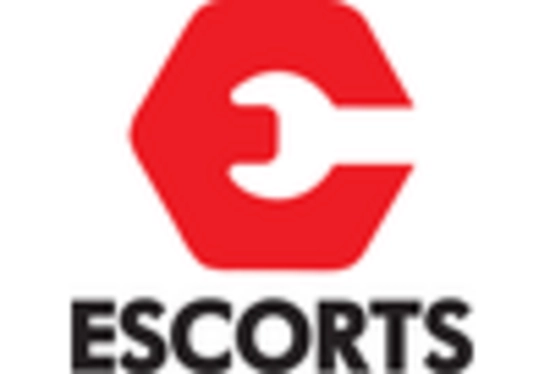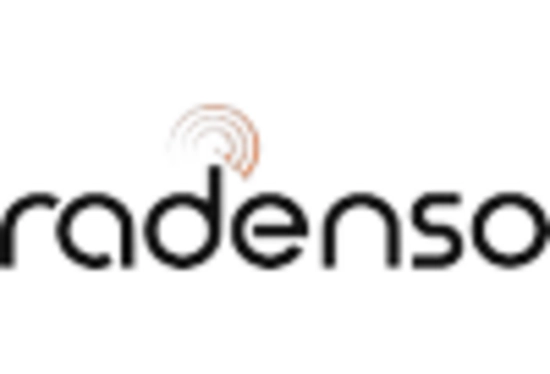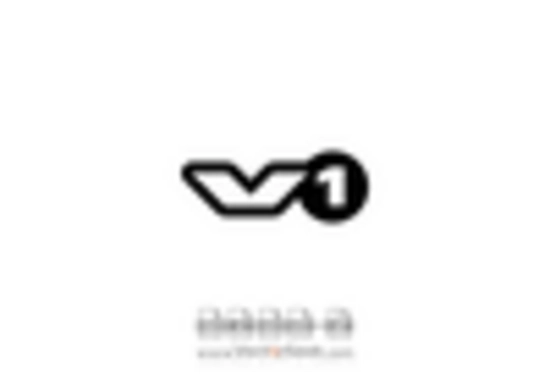Rising Traffic Violations
The increasing incidence of traffic violations appears to be a significant driver for the Car Radar Detector Market. As urbanization accelerates, more vehicles are on the roads, leading to a rise in speeding and other infractions. According to recent data, speeding tickets have surged by approximately 15 percent in various regions, prompting drivers to seek solutions to avoid penalties. This trend suggests that consumers are more inclined to invest in radar detectors to enhance their driving experience and minimize legal repercussions. The Car Radar Detector Market is likely to benefit from this growing demand, as more individuals recognize the utility of these devices in navigating traffic regulations effectively.
Technological Innovations
Technological advancements in radar detection technology are reshaping the Car Radar Detector Market. Innovations such as GPS integration, smartphone connectivity, and advanced filtering systems have enhanced the functionality and accuracy of radar detectors. For instance, the introduction of devices that can detect multiple radar bands and laser signals has improved detection capabilities significantly. Market data indicates that the segment of high-end radar detectors, equipped with these advanced features, is experiencing a growth rate of around 20 percent annually. This trend suggests that consumers are increasingly willing to invest in sophisticated devices that offer enhanced performance, thereby driving the overall market forward.
Increased Online Sales Channels
The expansion of online sales channels is significantly influencing the Car Radar Detector Market. E-commerce platforms have made it easier for consumers to access a wide range of radar detectors, often at competitive prices. Recent statistics reveal that online sales of automotive accessories, including radar detectors, have increased by over 30 percent in the past year. This shift towards online shopping is likely to enhance market accessibility, allowing consumers to compare products and read reviews before making a purchase. As a result, the Car Radar Detector Market may experience accelerated growth, driven by the convenience and variety offered through digital platforms.
Growing Demand for Safety Features
The rising consumer demand for enhanced safety features in vehicles is a notable driver for the Car Radar Detector Market. As safety becomes a paramount concern for drivers, the integration of radar detectors is seen as a proactive measure to avoid accidents and legal issues. Recent surveys indicate that approximately 60 percent of drivers prioritize safety technology when purchasing vehicles. This growing emphasis on safety is likely to propel the adoption of radar detectors, as they provide an additional layer of security against speeding violations. Consequently, the Car Radar Detector Market is poised to expand as manufacturers respond to this demand by developing more reliable and user-friendly devices.
Regulatory Environment and Compliance
The evolving regulatory environment surrounding traffic laws and enforcement is a critical driver for the Car Radar Detector Market. As governments implement stricter speed limits and increase enforcement measures, the demand for radar detectors is likely to rise. Recent legislative changes in various regions have led to heightened penalties for speeding violations, which may encourage drivers to invest in radar detection technology. This regulatory landscape suggests that consumers are becoming more aware of the potential consequences of speeding, thereby driving the market for radar detectors. The Car Radar Detector Market is expected to adapt to these changes, offering products that comply with new regulations while meeting consumer needs.

















Leave a Comment